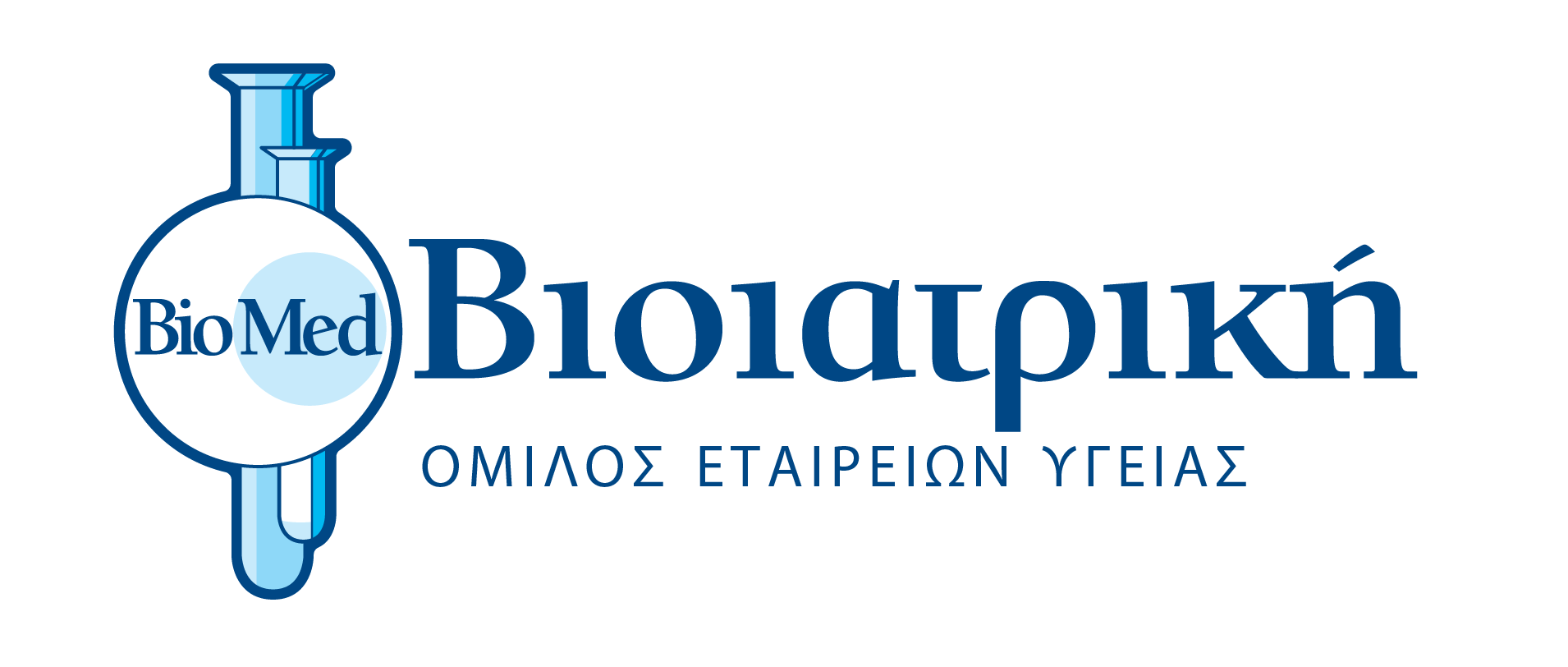
*by Aikaterini Raka
RTIs, the most common infections of the human body, are a big concern during winter especially for the vulnerable and immunosuppressed groups. These inflammations are falling into two categories, that is, those that infect the upper and those that infect the lower respiratory system, respectively. The larynx and vocal cords demarcate and distinguish them due to the differences in their symptomatology and severity. The definition of the infection of the affected area is determined by the inflamed area itself, therefore, there is nasopharyngitis for the nasopharyngeal region, bronchitis, tracheitis, etc.
The infectious agents for RTIs could be:
- Viruses
- Bacteria
- Fungi
- Parasites
- Allergens
As far as the upper respiratory system is concerned, statistically, the most common infections are due to viruses, with the most common infection being that of the common cold, mainly from rhinoviruses and adenoviruses. The remaining most common viruses are influenza type A H1N1 (swine) and type B influenza virus, respiratory syncytial virus (RSV), coronaviruses, paramyxoviruses, infectious mononucleosis virus, coxsackievirus and others. Knowledge of the most common viruses responsible for RTIs is particularly important. In other words, the severity of the disease varies based on the virus, as it could be more infectious, therefore, the transmission from person to person is easier, and the complication occurrence more frequent. The most common aftermath of viral infection is a secondary bacterial infection which may manifest as suppurative otitis media, sinusitis, bronchitis, pneumonia, and in seldom cases, meningitis. The most common of these bacteria is Streptococcus pneumoniae, Haemophilus influenzae, Staphylococcus aureus, Streptococcus pyogenes and more.
The bacterial identification that was responsible for the inflammation (infection) is also important for the prevention of complications such as rheumatic fever and post-streptococcal glomerulonephritis (PSGN) related to S. pyogenes, and the possibility of bacterial infection spreading from the upper to the lower respiratory tract system with bronchitis and pneumonia, which requires stronger and longer antibiotic treatment. In rare cases there are parasitic and fungal RTIs, such as Candida albicans, Aspergillus spp., and Ascaris lumbricoides, and Cryptosporidium spp. (the two latter being parasites).
Infections of the lower respiratory tract are mainly due to viruses and involve the same types of viruses mentioned in the upper respiratory tract and any bacteria, either of the normal flora of the upper respiratory tract, or any other bacteria. That is, Gram positive cocci, most common of which S. pneumoniae, S. pyogenes, Enterococci spp., Staphylococcus aureus and others. Infections that are less common than infections of the upper respiratory system, are tracheitis, bronchitis and mainly pneumonia – the most serious infection of the lower respiratory system from the bacteria mentioned above – but also many gram negative bacteria such as Klebsiella pneumoniae and the very antibiotic-resistant Pseudomonas spp. Inflammations from fungi and parasites that have already been mentioned in upper respiratory tract infections, are rare.
Laboratory testing – diagnosis
The contribution and collaboration between the patient’s attending physician and the medical biopathologist of the clinical laboratory is extremely important for the identification of the infectious agent (virus or bacterium), the estimation of the infection’s severity finally the administration of the appropriate treatment based on the diagnosis.
The proper diagnosis course is as follows:
- Complete Blood Count (CBC), ESR and CRP. These medical tests provide information about the type of white blood cells (i.e., polymorphonuclear or lymphocytic) which in turn show whether there is bacterial or viral inflammation. High or low volume of white blood cells, as well as the CRP and sedimentation rate values give us the severity of the inflammation.
- Rapid test for the rapid diagnosis of the most common viruses and the discrimination between the less severe ones such as those of the common cold, from the more severe ones. BIOIATRIKI Healthcare Group has already a rapid test kit for the simultaneous detection of adenovirus, influenza type A and type B, RSV, and Covid-19.
- Epstein-Barr (mononucleosis) virus rapid test.
- Streptococcus pyogenes rapid test.
- As far as bacterial infections are concerned, the culture of the biological sample is crucial for the identification of the bacterial infectious agent and its antibiotic sensitivity testing (AST).
- PCR for specific bacterial species and viruses.
- Immunological test for the detection of antibodies, viruses, or bacteria.
- Imaging examination (if requested by the attending physician for further investigation).
The severity of RTIs varies and is related to the number and virulence of microbes, but also the effectiveness of the patients’ immune system. Our weapons against them are the collaboration of the attending physician and the Biopathologist of the clinical laboratory to reach the correct diagnosis that will lead to the administration of the appropriate treatment.
* MD, Medical Biopathologist / Microbiologist at Yiannoukas Medical Laboratories – BIOIATRIKI Healthcare Group
References:
George S. Kobayashi, Patrick R. Murray, Ken S. Rosenthal, Michael A. Pfaller. Medical microbiology, 3rd edition.
Georgios Dimitrakopoulos Introduction to Clinical Microbiology and Infectious Diseases. Medical Publications. P. CH. Pasxalidi









